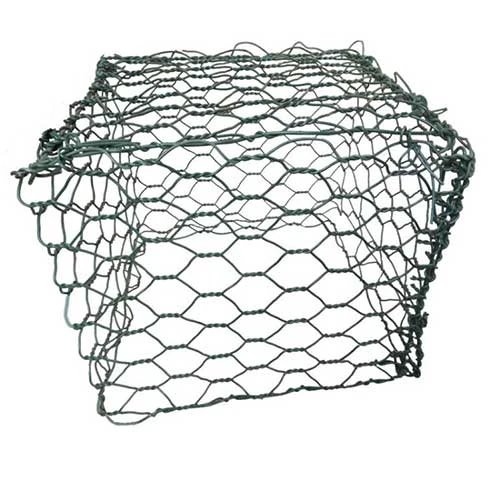-
 Phone:
Phone: -
 Email:
Email:

Rockfall Protection Solutions Using Innovative Netting Techniques for Enhanced Safety
Rockfall Netting A Key Solution for Slope Stability
Rockfalls are a significant hazard in mountainous and hilly regions, posing risks to infrastructure, vehicles, and human lives. The sudden release of rocks from steep slopes can result in catastrophic consequences, making the management of these hazards a priority for engineers and geologists. One effective solution in the arsenal of rockfall mitigation techniques is the use of rockfall netting.
Understanding Rockfall Hazards
Rockfalls occur when weathering, erosion, and seismic activity compromise the structural integrity of rock formations. Factors such as freeze-thaw cycles, rainfall, and human activities can further destabilize slopes, leading to the detachment of rocks. These falling rocks can travel at high speeds, creating a lethal threat to anything in their path. Therefore, successful rockfall mitigation involves assessing risk, understanding slope dynamics, and implementing protective measures.
What is Rockfall Netting?
Rockfall netting is a protective measure designed to intercept falling rocks before they can reach critical areas, such as roads, railways, or populated zones. It typically consists of high-tensile strength mesh made from steel cables or synthetic materials. This netting is installed on the sides of slopes or over areas prone to rockfalls. The design of these nets allows them to deform under the impact of falling rocks, absorbing energy and limiting the distance and force of rock falls.
Types of Rockfall Netting
There are several types of rockfall netting systems available, each tailored to specific needs and conditions. The most common types include
1. Flexible Mesh Systems These involve lightweight materials that can move and adapt to the forces applied when rocks hit them. They are suitable for areas with lower energy impacts.
2. Rigid Netting Systems Made of heavier materials, these systems are designed for high-energy impacts where larger rocks might fall. They provide a more robust barrier against rock debris.
rockfall netting

3. High-Tensile Strength Systems These use high-strength materials to withstand significant forces. They are ideal for steep slopes and areas where rockfalls are expected to be frequent and impactful.
Installation and Maintenance
Installing rockfall netting requires careful planning and consideration of several factors, including slope geometry, rock type, and potential rockfall patterns. Engineers typically conduct a geological assessment prior to installation, identifying the most effective locations for netting.
Once installed, maintenance is crucial to ensuring the longevity and effectiveness of the rockfall netting system. Regular inspections help to identify wear and tear, damage from impacts, or degradation caused by environmental factors. Timely repairs and replacements can prevent failures that might lead to hazardous situations.
Benefits of Rockfall Netting
The primary advantage of rockfall netting systems is their ability to enhance public safety. By effectively capturing falling rocks, they protect critical infrastructure and reduce the risk of accidents on roads and railways. Additionally, they serve to stabilize slopes, which can lead to less erosion and rock movement over time.
Furthermore, rockfall netting can be designed to blend into the natural environment, minimizing visual impacts. This aspect is particularly important in areas where aesthetics are a consideration, such as national parks or well-trafficked tourist areas.
Conclusion
In summary, rockfall netting presents a practical and effective solution for mitigating rockfall hazards in vulnerable areas. As our understanding of geological processes continues to evolve, the design and implementation of these netting systems will become even more refined. Whether for protecting highways, railways, or residential areas, rockfall netting stands out as a critical measure in enhancing safety and maintaining the stability of steep terrains. Investing in such protective infrastructure is essential not only for immediate risk reduction but also for long-term sustainability and resilience in regions susceptible to rockfalls.
-
Wire Mesh for Every Need: A Practical SolutionNewsJul.25,2025
-
Steel Fences: Durable, Secure, and Stylish OptionsNewsJul.25,2025
-
Roll Top Fencing: A Smart Solution for Safety and SecurityNewsJul.25,2025
-
Cattle Farm Fencing Solutions for Maximum SecurityNewsJul.25,2025
-
Affordable Iron Binding Wire SolutionsNewsJul.25,2025
-
Affordable Galvanized Wire SolutionsNewsJul.25,2025
-
Wire Hanger Recycling IdeasNewsJul.25,2025








